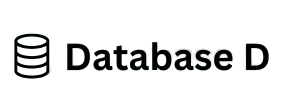those settings will follow them to other platforms.
This tactic allows advertisers to deliver a seamless advertising experience to consumers across domains and devices without sacrificing trust, personalization, or relying on third-party cookies. It’s similar to a cookie, but the consumer has to log in in order for the consent settings to take action, giving the consumer way more control over their privacy.
Enter: conversion modeling
which uses machine learning to account for gaps in data when measuring the impact of marketing campaigns.
In this new data-privacy-first world, australia data many devices may not allow for cookies. This causes major gaps in reporting when identifying who is interacting with what aspects of your campaign. So, these conversion models analyze large amounts of data over time to identify correlations between key data points and use those insights to make predictions about customer behavior. Modeling also estimates the missing conversions in Google Ads—in other words, whether or not a Google ad interaction led to an online conversion—without identifying individual users. The proactive testing and validation processes not only ensure accuracy but also put users and their data privacy first.
